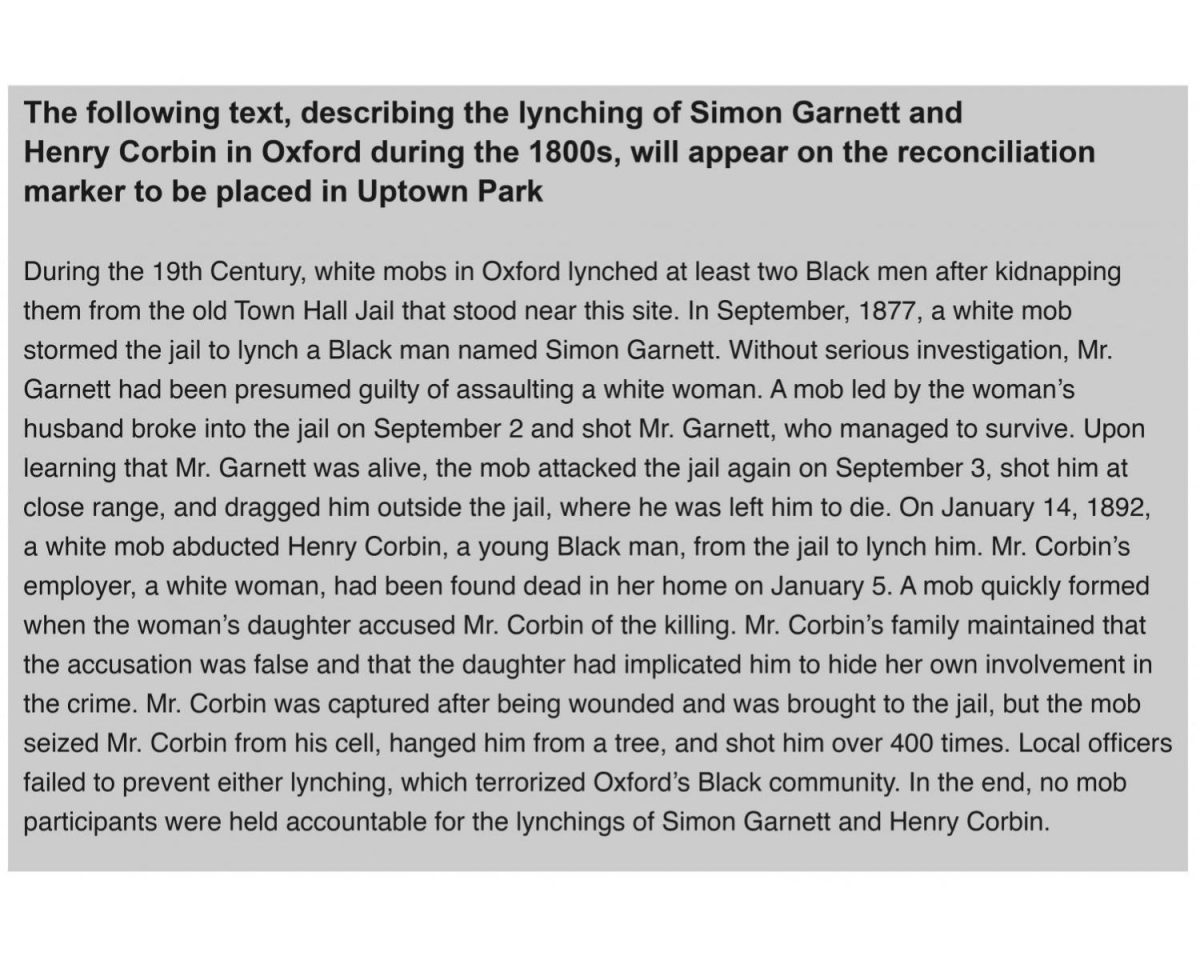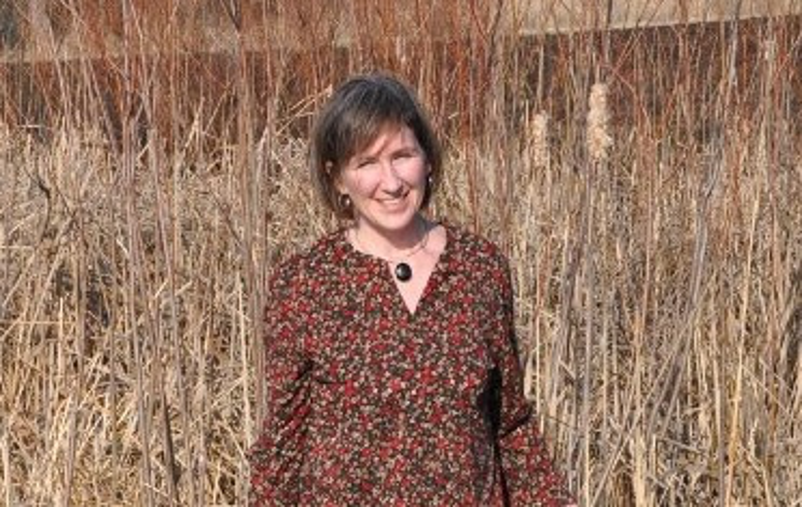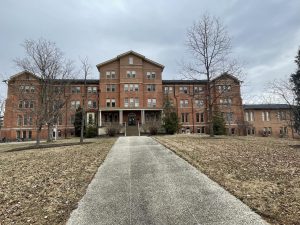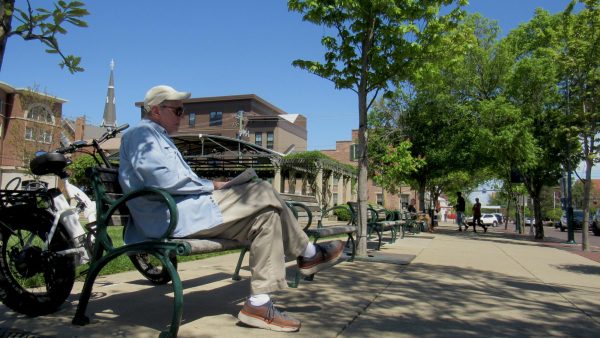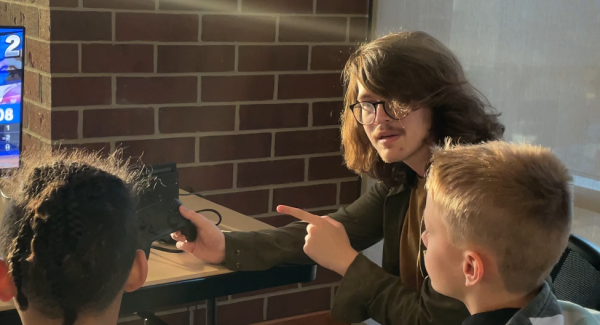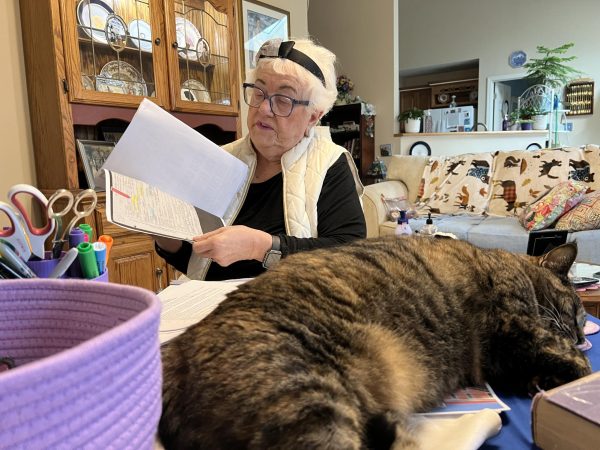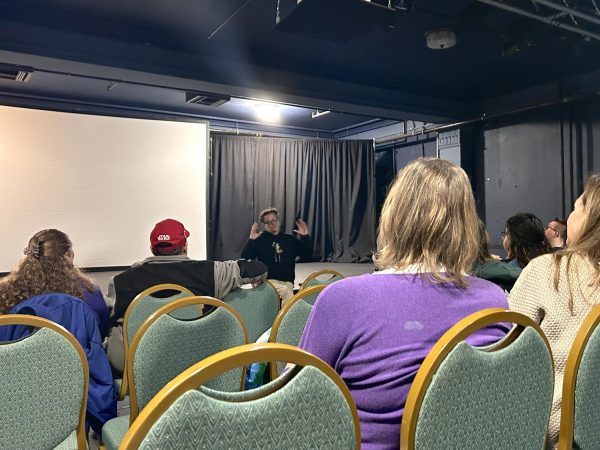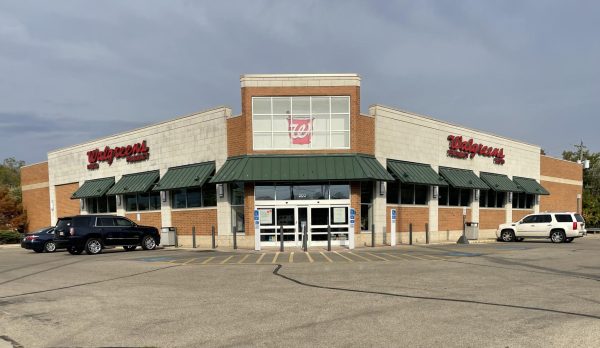Marker honoring victims of lynching to be unveiled Monday
Text courtesy of Miami University
This is the text that will appear on the reconciliation marker to be unveiled in Oxford on Monday, June 21.
June 18, 2021
A marker commemorating some of the darkest moments in Oxford’s history will be unveiled Monday, June 21, in the city’s uptown Memorial Park.
The narrative marker will tell the stories of two Black men murdered by white mobs in the 1800s. It is hoped that the marker will help all who see it to reconcile with the evils of the past. The marker memorializes the deaths of Simeon Garnet in 1877 and Henry Corbin in 1892.
The Miami University Truth & Reconciliation Project began work on the project several years ago with help from the Equal Justice Institute (EJI), a national group that helps communities deal with the racial violence of their pasts. The project also has the support of Oxford City Council and was to have been completed in 2020 but was delayed by the COVID-19 pandemic.
Garnet’s lynching occurred in 1877 after a mob broke into the Oxford jail. He was being held on accusations that he had assaulted a white woman about five miles from Oxford. Members of the mob shot and left him. He survived, and the next day the mob returned, dragged him outside, shot him again and left him to die in the street. There was never any real investigation of the accusation against him, according to EJI.
Corbin, a Black man accused of killing his employer, a white woman, denied the allegation against him and said the victim’s daughter had committed the crime and blamed him. He tried to flee but was shot and taken to the Oxford jail. On Jan. 14, 1892, a white mob dragged him from his cell, hung him from a tree and shot him 400 times, according to EJI.
The two men were among 15 African Americans who were lynched in the state of Ohio.
“Part of the community remembrance project through the equal justice movement in Montgomery, Ala. It’s a project that deals with racial lynching,” said Anthony James, director of the Family Science Program at Miami University. “These events are tied together. Juneteenth was the start of the timeline this project focuses on. It is a fitting coincidence that it will fall at this time and that the Federal Government (has made) it a national holiday.”
According to Carole Johnson, associate director of Miami University news and communications, the unveiling ceremony is open to the public and will take place at 9 a.m. Monday. It will include speakers from the university, representatives from the families of the two men and students who worked on the research of the project.
The memorial site is placed as close to where the lynchings originally happened without interfering with what is already in Oxford.
“The old jail located at the corner of Poplar and High Street is the actual location of the lynchings,” James said.


